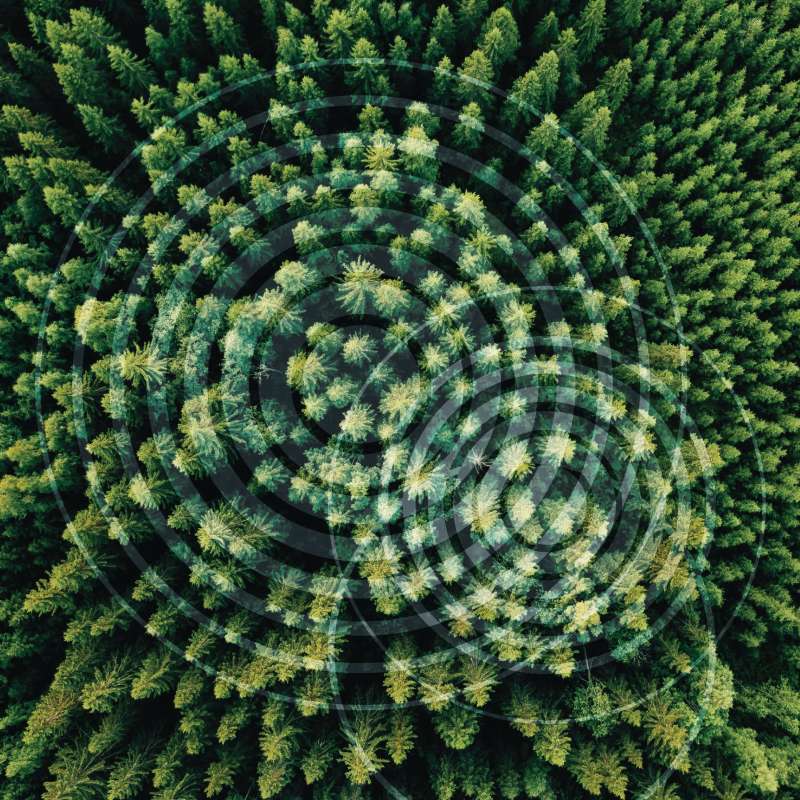Johannes Rahlf
Research Scientist
To document
Authors
Mostafa Hoseini Helle Ross Gobakken Stephan Hoffmann Csongor Horvath Johannes Rahlf Jan Bjerketvedt Stefano Puliti Rasmus AstrupAbstract
No abstract has been registered
Authors
Mostafa Hoseini Helle Ross Gobakken Stephan Hoffmann Csongor Horvath Johannes Rahlf Jan Bjerketvedt Stefano Puliti Rasmus AstrupAbstract
No abstract has been registered
Authors
Helle Ross Gobakken Mostafa Hoseini Stephan Hoffmann Jan Bjerketvedt Johannes Rahlf Rasmus AstrupAbstract
No abstract has been registered

